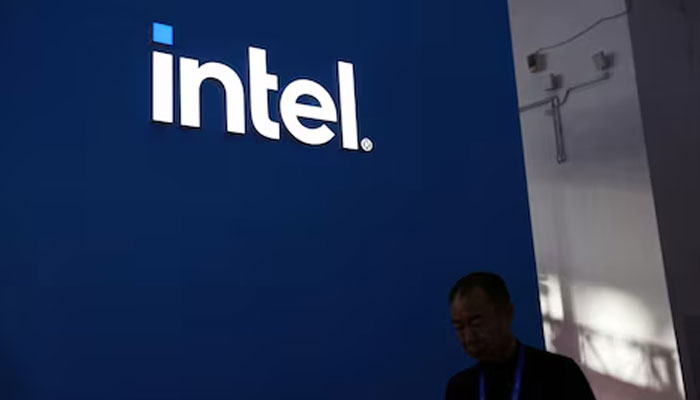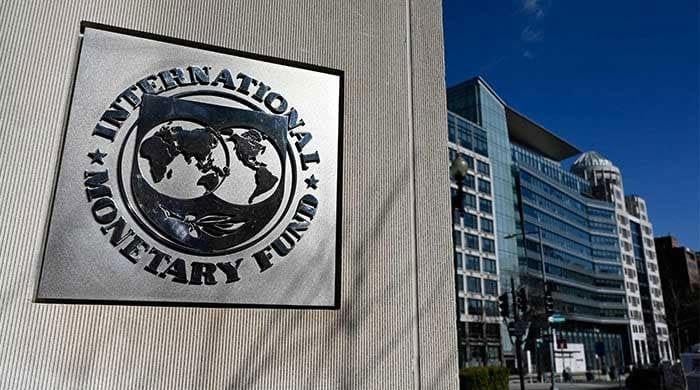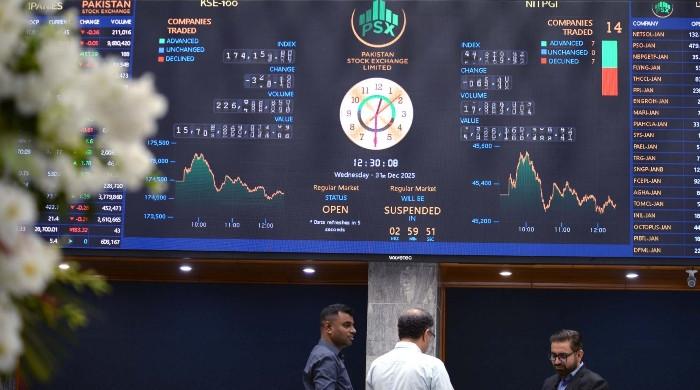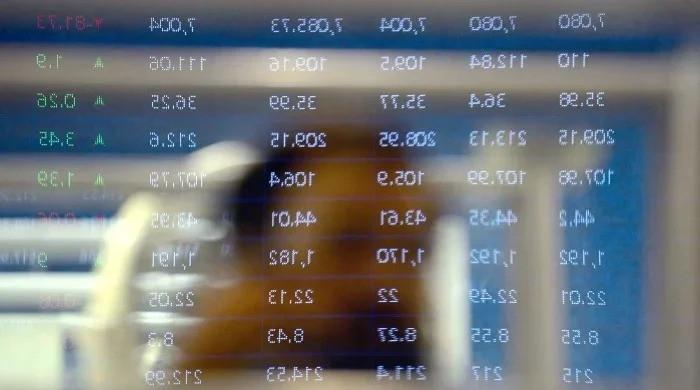Intel to cut 15% jobs, suspend dividend; shares plummet
Shares of Santa Clara, California-based Intel slumped 20% in extended trade
August 02, 2024

Intel said on Thursday it would cut more than 15% of its workforce and suspend its dividend starting in the fourth quarter as the chipmaker pursues a turnaround centred around its loss-making manufacturing business.
It also forecast third-quarter revenue below estimates, grappling with a pullback in spending on traditional data centre semiconductors and a focus on AI chips, where it lags behind rivals.
Shares of Santa Clara, California-based Intel slumped 20% in extended trade, setting it up to lose more than $24 billion in market value. The stock had closed down 7% on Thursday, in tandem with a plunge in US chip stocks after a conservative forecast from Arm Holdings on Wednesday.
The results did not rock the broader chip industry. AI powerhouse Nvidia, opens a new tab and smaller rival AMD , opens a new tab ticked up after hours, underscoring how well-positioned they were to take advantage of the AI boom.
"I need fewer people at headquarters, more people in the field, supporting customers," CEO Pat Gelsinger told Reuters in an interview. On the dividend suspension, he said: "Our objective is to ... pay a competitive dividend over time, but right now, focusing on the balance sheet, deleveraging."
The layoffs will impact roughly 17,500 people.
Intel, which employed 116,500 people as of June 29, excluding some subsidiaries, said the majority of the job cuts would be completed by the end of 2024.
The company also announced it would cut operating expenses and reduce capital expenditure by more than $10 billion in 2025, more than it initially planned.
"A $10 billion cost reduction plan shows that management is willing to take strong and drastic measures to right the ship and fix problems. But we are all asking, 'is it enough' and is it a bit of a late reaction considering that CEO Gelsinger has been at the helm for over three years?" said Michael Schulman, chief investment officer of Running Point Capital.
He said eliminating the dividend may further pressure the shares in the short- to medium-term because it would knock Intel out of any ETFs, indices, and fund strategies that only include dividend payers.
The company had cash and cash equivalents of $11.29 billion, and total current liabilities of about $32 billion, as of June 29.
Much of Wall Street's focus has centred around the heavy investments and huge costs incurred by Intel as it builds out its manufacturing capacity in a bid to compete against Taiwanese contract chipmaking behemoth TSMC opens new tab.
Intel's lagging position in the market for AI chips has sent its shares down more than 40% so far this year.
Is it enough?
As part of its cost reduction plan, Intel expects to slash capital expenses by 17% in 2025 year-on-year to $21.5 billion, calculated on the midpoint of a range the chipmaker forecast. It expects these costs to stay roughly flat in 2024.
"On one hand, Intel is witnessing the erosion of its traditional data centre business as chip buyers aggressively migrate towards AI chips. On the other hand, Intel is navigating a challenging and expensive transformation to a foundry model," said Tejas Dessai, Research Analyst, Global X.
Intel adopted extreme ultraviolet lithography tools much later than TSMC did, which caused the American chipmaker's foundry business to lag behind the Taiwanese manufacturer. The company is working to rectify that. It became the first to assemble one of Dutch chipgear maker ASML's, opening a new tab for new "High NA EUV" lithography tools in April.
These new tools are more expensive, but Intel is betting the move will help it place smaller components on chips, ultimately making their processors superior.
Analysts believe Intel's plan to turn around the foundry business will take years to materialise and expect TSMC to maintain its lead in the coming years.
In April, Intel declared a quarterly dividend of 12.5 cents per share.
The company expects revenue to be between $12.5 billion and $13.5 billion for the quarter, compared with analysts' average estimate of $14.35 billion, according to LSEG data.









